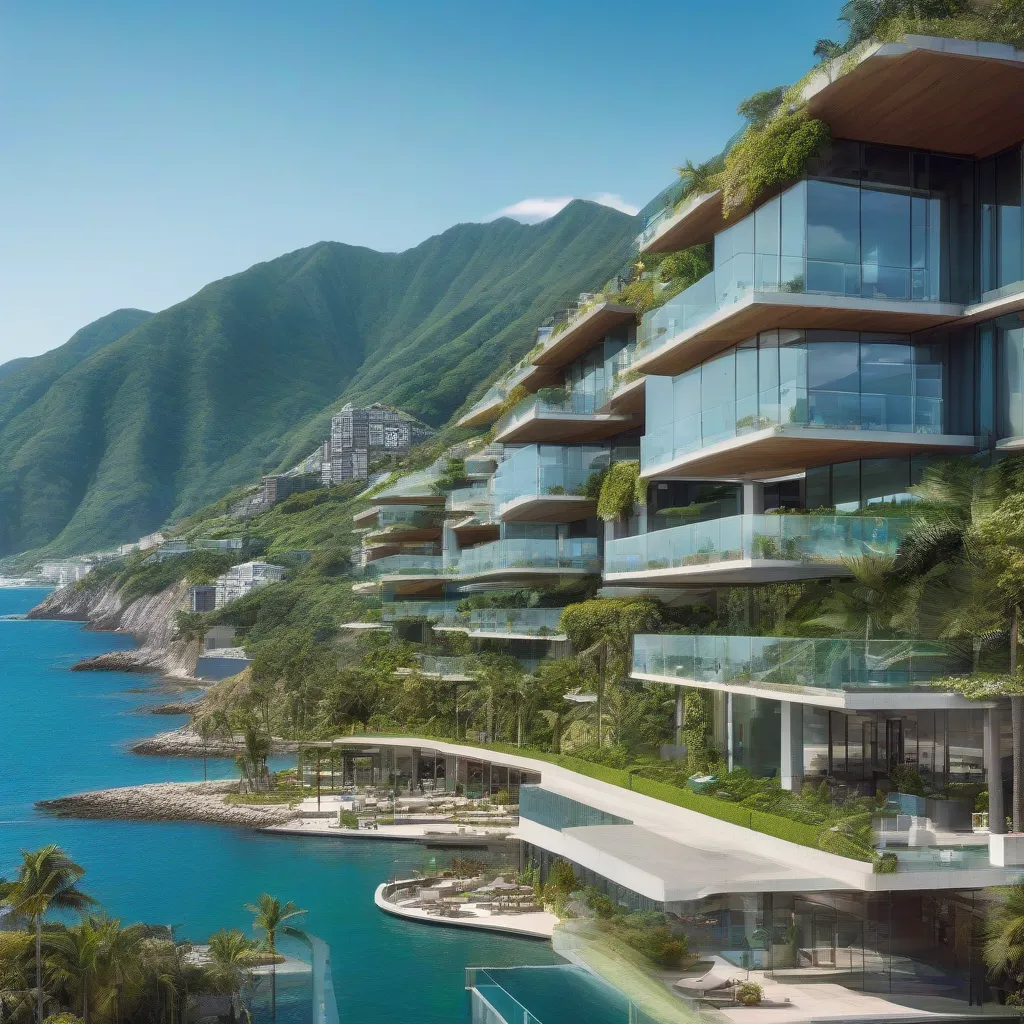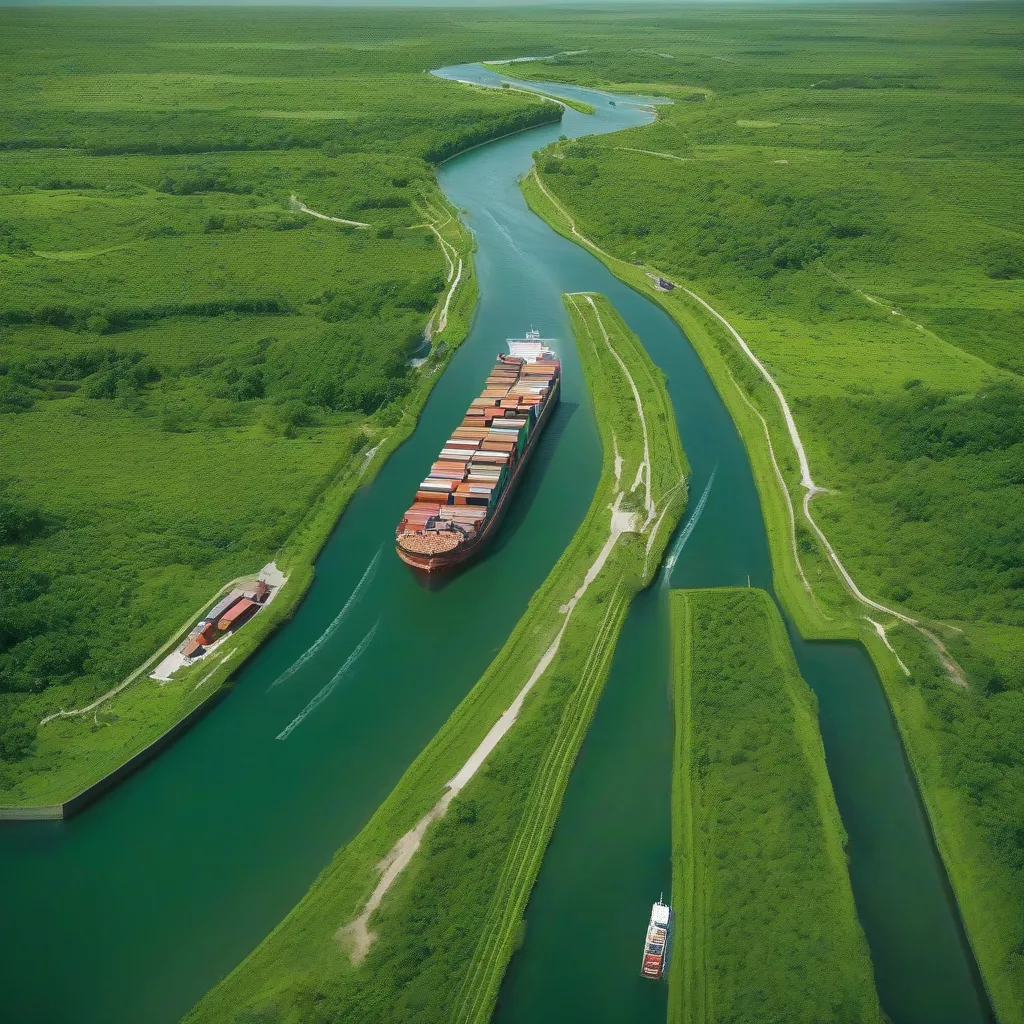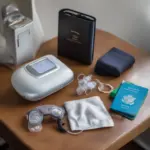Planning a trip to Panama and wondering, “Is It Safe To Travel To Panama Right Now?” It’s a question every traveler asks, especially when venturing into the unknown. The good news is, Panama is generally a safe and welcoming country for tourists. But like any destination, it’s essential to be informed and prepared.
Safety in Panama: What You Need to Know
General Safety Tips
Panama enjoys a relatively low crime rate compared to other Central American countries. However, petty theft can be an issue, particularly in crowded areas like the Casco Viejo in Panama City or on public transportation.
Here are a few tips to stay safe:
- Be mindful of your belongings: Just like in any major city, keep your valuables close and be aware of your surroundings.
- Avoid flashing cash or expensive jewelry: Opt for a discreet money belt to keep your cash and cards secure.
- Travel in groups or pairs, especially at night: There’s safety in numbers, and walking with others can deter potential issues.
- Choose accommodations in safe neighborhoods: Ask your hotel or guesthouse about the area and for recommendations on safe places to dine and explore.
Health Precautions
Panama has a tropical climate, so pack light clothing, breathable fabrics, and a good hat to protect yourself from the sun. Don’t forget to bring sunscreen, insect repellent, and stay hydrated.
For the most up-to-date health recommendations, check travel advisories from your home country before you depart. Resources like the CDC website are great for specific health information related to Panama.
 Panama City Skyline
Panama City Skyline
Exploring Panama: Safety in Different Areas
Panama City
Panama City is a vibrant metropolis with much to offer, from the historic Casco Viejo to the modern marvels of the Panama Canal. While generally safe, certain areas require extra vigilance.
- Casco Viejo: This UNESCO World Heritage Site is a must-visit, but be cautious of pickpockets, especially at night. Stick to well-lit areas and be mindful of your surroundings.
- El Chorrillo: This neighborhood, located near Casco Viejo, has a higher crime rate. It’s best to avoid this area, especially after dark.
- Panama Viejo: These fascinating ruins are generally safe during the day, but it’s advisable to visit with a tour group or a local guide.
Beyond the City: Exploring Panama’s Natural Beauty
Panama’s diverse landscape, from lush rainforests to pristine beaches, is a major draw for tourists.
- Bocas del Toro: This archipelago is a haven for beach lovers and water enthusiasts. While generally safe, petty theft can occur. Secure your valuables and be cautious when exploring remote areas.
- Boquete: This charming mountain town is a popular destination for hiking and adventure activities. Always hike with a buddy or let someone know your itinerary.
- San Blas Islands: These idyllic islands offer a glimpse into the indigenous Guna Yala culture. Respect local customs and traditions, and be aware of your impact on the environment.
Transportation Safety
- Taxis: Opt for registered taxis and avoid hailing them from the street. It’s safer to call a taxi company or ask your hotel to arrange one.
- Buses: Public buses are an affordable way to get around, but they can be crowded, making them prime targets for pickpockets. Keep your belongings close.
- Car Rentals: Renting a car offers flexibility, but driving in Panama City can be chaotic. Be cautious of aggressive drivers and consider hiring a driver if you’re not comfortable navigating the roads.
Planning Your Trip: Resources for a Safe and Enjoyable Journey
Visa Requirements
Make sure your passport is valid for at least six months beyond your intended stay. Citizens of many countries can enter Panama visa-free for tourism purposes for up to 90 days. However, it’s essential to check the specific requirements for your nationality before you travel.
 Panama Canal with Ships
Panama Canal with Ships
Currency and Costs
The official currency of Panama is the US dollar, making transactions easy for many travelers. ATMs are widely available, but it’s always a good idea to have some local currency on hand for smaller purchases or in case you encounter an ATM that’s out of service.
Accommodation
Panama offers a wide range of accommodation options to suit every budget and preference. From luxury hotels in Panama City to charming guesthouses in Boquete, you’ll find a place to rest and recharge. Consider your priorities and book in advance, especially if you’re traveling during peak season.
Packing Tips
- Pack light and versatile clothing: Panama’s tropical climate means you won’t need heavy clothing. Opt for lightweight, breathable fabrics that can be layered if needed.
- Don’t forget essentials: Pack sunscreen, insect repellent, a hat, sunglasses, and a reusable water bottle.
- Bring a first-aid kit: A basic first-aid kit with bandages, antiseptic wipes, pain relievers, and any personal medications is always a good idea.
Staying Connected
Staying connected in Panama is relatively easy. Wi-Fi is widely available in hotels, cafes, and restaurants. Consider purchasing a local SIM card for your phone if you need constant data access or plan to use ride-hailing apps.
Embrace the Adventure: Enjoying Panama Safely and Responsibly
Panama is a country rich in culture, history, and natural beauty. By being informed and taking sensible precautions, you can have an incredible and safe journey. Remember, respect local customs, be mindful of your surroundings, and embrace the adventure that awaits.
Before you embark on your Panama adventure, why not explore more travel tips and inspiration? Check out these helpful resources on our website:
Safe travels!

